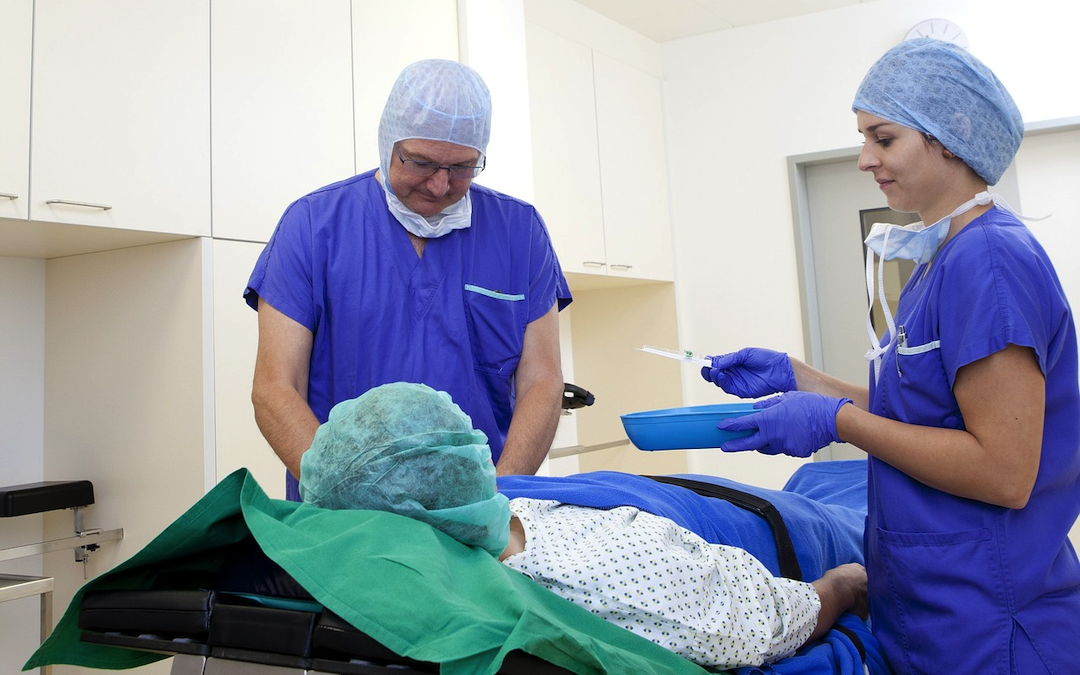
Introduction
In the realm of biomedicine, where groundbreaking cancer therapies like brain cancer immunotherapy offer hope but also raise many questions - a well-designed website is crucial. Patients seeking cutting-edge medical treatments for cancer often face the daunting task of navigating complex scientific information while making life-altering decisions. Biotherapy International's WordPress-powered website serves as an excellent example of how to prioritize the patient experience throughout the web design process, ensuring that cancer patients feel informed, empowered, and supported every step of the way.
The Essence of Patient-Centric Web Design
Biotherapy International's choice to build their website with WordPress is a testament to the platform's versatility and user-friendliness. WordPress offers a wide range of themes and plugins that can be customized to create a patient-centric experience:
- Clear, Jargon-Free Language: Medical jargon can be overwhelming and confusing for patients. Patient-centric websites explain complex concepts in plain English, making the information accessible to everyone, regardless of their scientific background.
- Intuitive Navigation: When patients visit a biomedical website, they’re often seeking specific information about a treatment or condition. Intuitive navigation helps users quickly find what they’re looking for, reducing frustration and anxiety.
- Emotional Sensitivity: Patients exploring biomedical treatments are often in a vulnerable emotional state. A patient-centric website strikes a delicate balance between inspiring hope and managing expectations realistically, acknowledging the emotional journey patients are on.
Biotherapy International’s Patient-Centric Design in Action
Biotherapy International exemplifies these principles in their website, creating a user experience that prioritizes the patient at every turn:
- Introducing the Experts: The homepage immediately introduces visitors to the leading experts behind Biotherapy International. Short, humanizing bios build trust from the first click, assuring patients that they’re in capable hands.
- Treatment Explanations: Dedicated sections break down complex therapies, including oncolytic virotherapy, step-by-step. The use of visuals and analogies makes the science behind the treatments more accessible, empowering patients to make informed decisions.
- Focusing on Outcomes: While avoiding sensationalism, the website features patient stories and data-driven success rates. These elements provide tangible hope for those considering treatment, helping them envision a positive outcome for themselves.
- Streamlined Contact: When patients are ready to take the next step, getting in touch for a consultation is simple. Clear forms and multiple contact options (phone, email) make it easy for patients to reach out, regardless of their communication preferences.
The Power of Patient-Centric Design in Biomedicine
In the biomedical field, especially when it comes to cancer treatments like immunotherapy, patient-centric web design is more than just a nice-to-have; it's a crucial component of the patient experience:
- Empowerment: Patients facing serious diagnoses often feel a loss of control. A well-designed website can help restore a sense of agency, providing the information and tools patients need to take an active role in their healthcare journey.
- Anxiety Reduction: For many patients, the fear of the unknown can be just as overwhelming as the diagnosis itself. Clear, compassionate information can ease this anxiety, helping patients feel more prepared for what lies ahead.
- Accessibility: User-friendly design, enhanced by WordPress' range of accessibility-focused themes and plugins, ensures that everyone can access potentially life-saving information, regardless of their tech-savviness or any health limitations they may have.
Key Takeaways for Biomedical Web Design
- Leverage WordPress' Flexibility: WordPress' extensive library of themes and plugins allows for the creation of highly customized, patient-centric websites for cancer treatments like immunotherapy. Take advantage of this flexibility to build a site that truly meets your patients' needs.
- Empathy is Essential: Put yourself in the cancer patient's shoes. What questions would you have about treatments like immunotherapy? What emotions might you be feeling? Designing with empathy ensures that your website meets patients where they are.
- Collaborate with Your Audience: Don't assume you know what cancer patients want. Getting feedback from actual patients during the design process can provide invaluable insights. Harness the Power of Visuals: Infographics, simple animations, and real photos of cancer patients can greatly enhance comprehension and emotional connection when explaining complex treatments like immunotherapy.
- Embrace Transparency: Building trust is essential. Acknowledge the complexities and uncertainties of cancer treatments and research alongside the potential for breakthroughs. Patients appreciate honesty.
Designing for Empowerment and Hope
Biotherapy International's WordPress-powered website showcases how thoughtful web design can make a real difference in the lives of cancer patients. By adopting a patient-centric approach - prioritizing clear communication, intuitive navigation, and emotional sensitivity - and leveraging the flexibility of the WordPress platform, biomedical websites can provide not only cutting-edge information about treatments like immunotherapy but also the reassurance and empowerment cancer patients need during a challenging time.
Bottom Line
In a field as complex and rapidly evolving as cancer treatment, a website is often a patient's first introduction to a potential lifeline. Let's ensure that every click, every scroll, is designed with their needs, their hopes, and their humanity in mind. That's the essence of patient-centric web design for cancer therapies like immunotherapy.
Note: This article is intended for informational purposes only and is not a substitute for professional medical advice, diagnosis, or treatment. Always seek the guidance of your doctor or other qualified health professional with any questions you may have regarding your health or a medical condition.
Share this post
Leave a comment
All comments are moderated. Spammy and bot submitted comments are deleted. Please submit the comments that are helpful to others, and we'll approve your comments. A comment that includes outbound link will only be approved if the content is relevant to the topic, and has some value to our readers.


Comments (0)
No comment